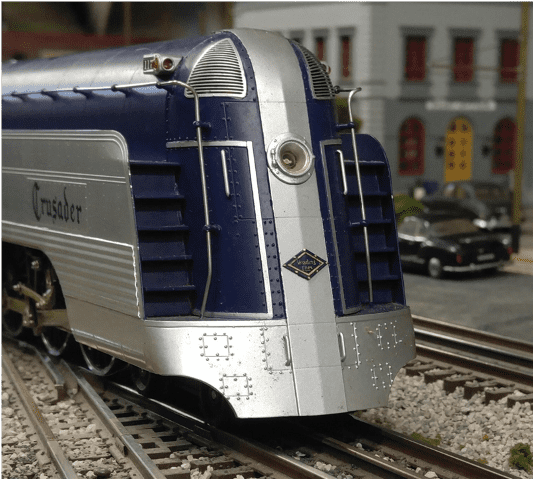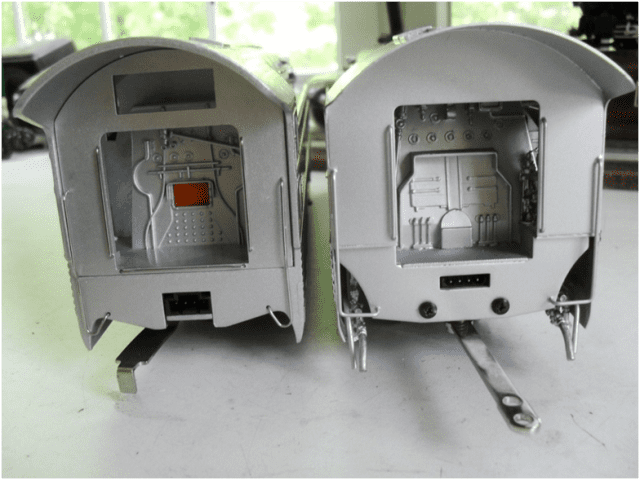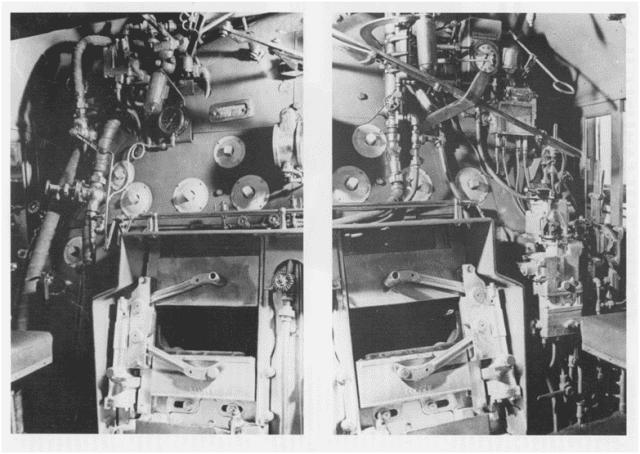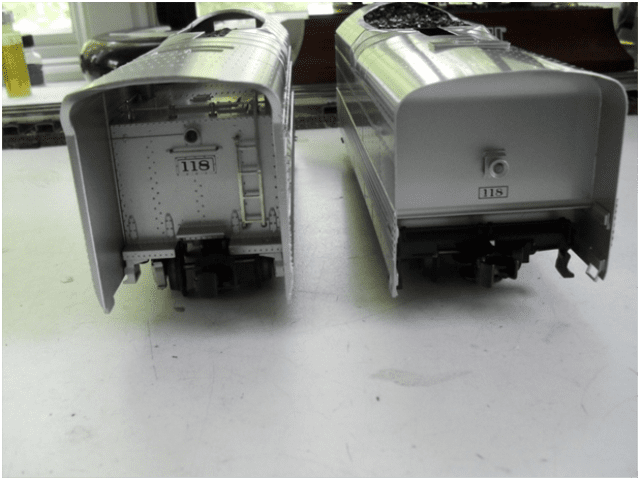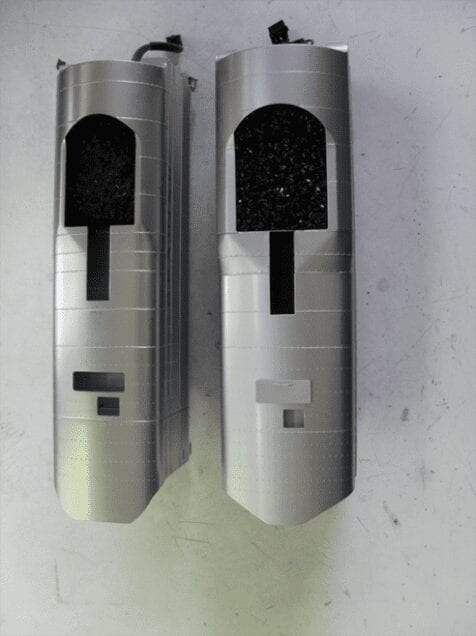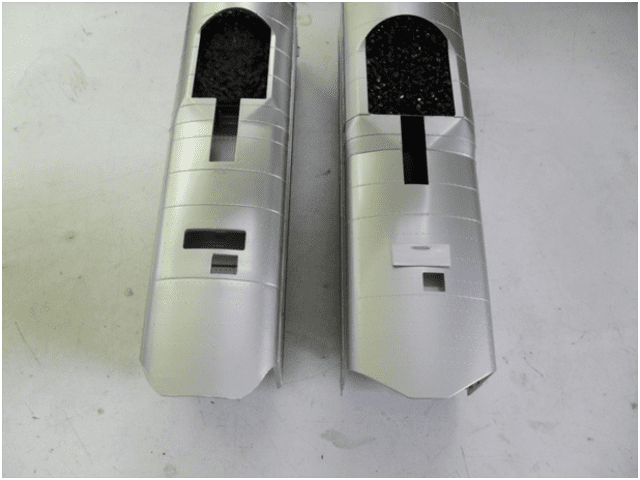The Crusader Returns to Mercer, Part II, the Real McCoy
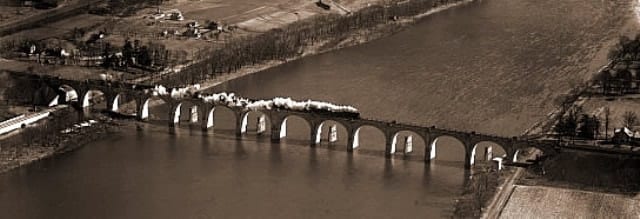
By JS Halajko, 84-20653; LB Duminiak 02-54067; and JA Bonfanti, 87-26716
Summer 2018
We started this odyssey as a fun running experience of the K-Line and Weaver Reading Crusader sets. After a few minutes the adventure began as we tried to discover which was the more authentic model. We discovered the color errors in the Crusader Mural at the old Reading Station in Philadelphia (see e*Train Article: The Crusader Returns to Mercer; Part 1, Winter 2017), learning that Mr. Boscov elected to feature the wrong Crusader Blue for the boiler shell and not paint the car roof blue. This made his model more in line with the mural.
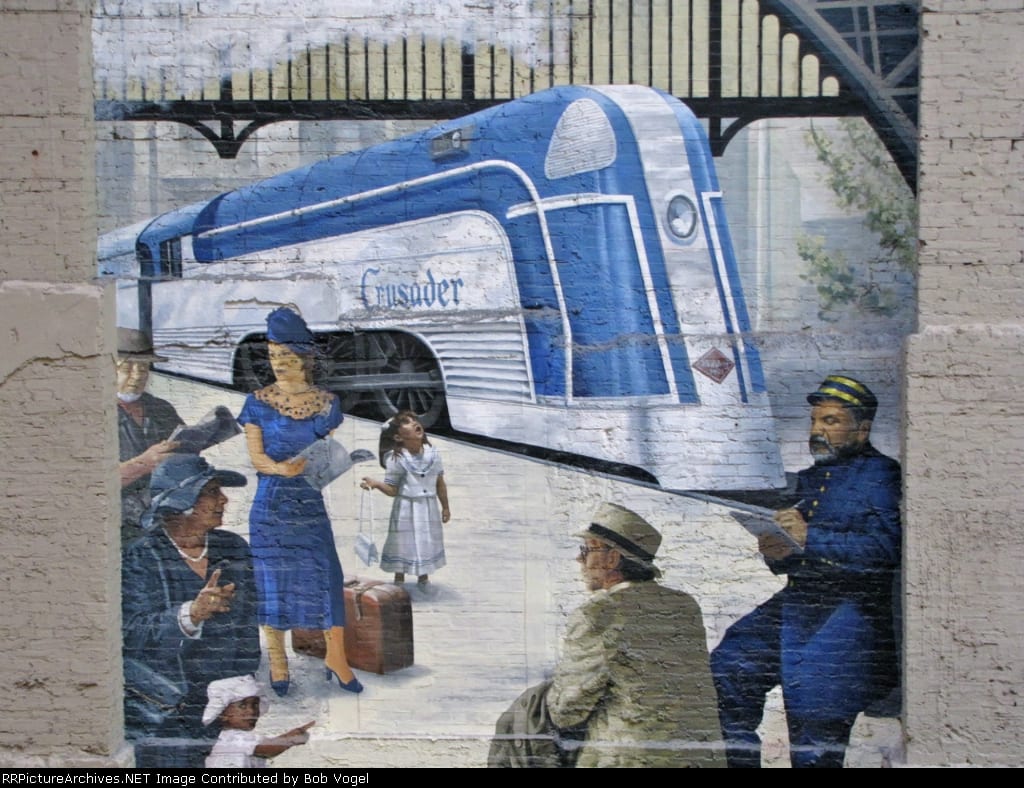
We did not know how the fireman safely added water to the tender, and we still do not understand the function of the long passage between coal pile and water hatch along the tender area roof. Many thanks to the Reading Company Technical and Historical Society for allowing us to republish photos from their copyrighted Bee Line magazine, Issue 1987-3&4 and other resources to help answer some of our earlier open issues.
Let’s clear up some issues by showing photos of The Real McCoy. Here is the locomotive before shrouding. Notice how the engine and tender become much taller after shrouding. It’s like the engine and tender took on a load of steroids. The massive drive wheels are no longer the dominant side view feature. Note the cave formed by the tender’s removable canopy that wrapped around the observation car.
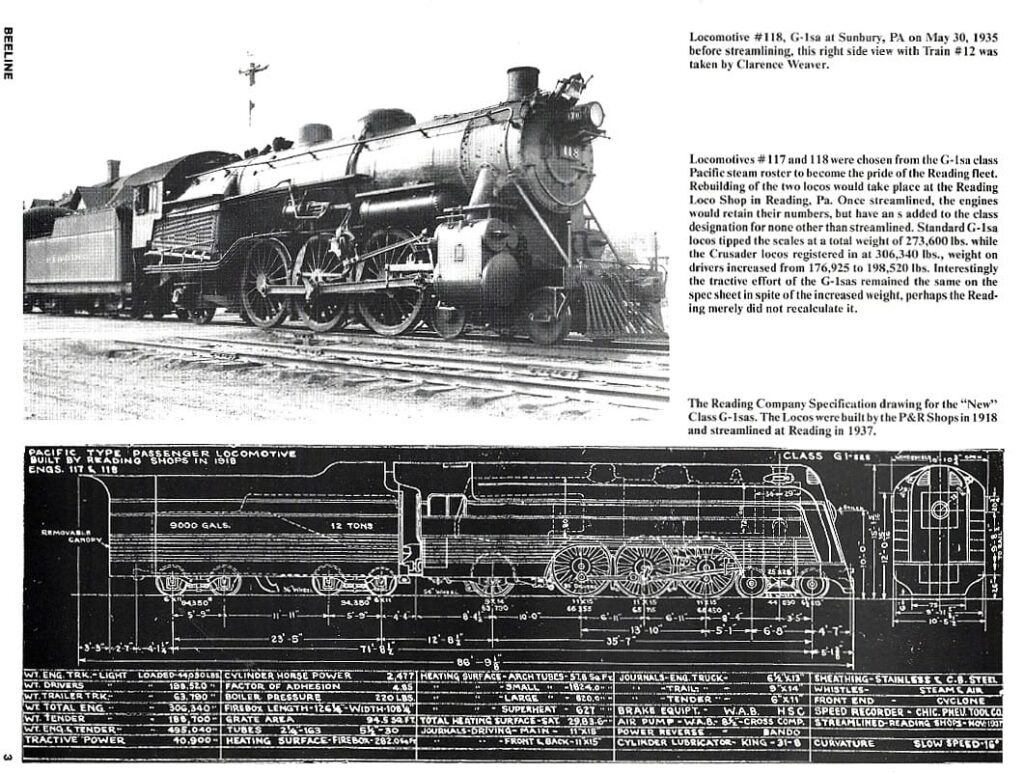
Let’s zoom into the cab area where we learn that the Weaver backhead (on right) is more correct.
Next, let’s view the tender shell from the observation car windows with the shades pulled up. Here it looks like the Spartan Weaver model is the more correct version. Access to a ladder to open the tender water hatch is by a duck-under the sheet metal which holds the backup light. Note the ladder step on the right-hand side of the real tender.
Notice that the tender roof bracing shown below was not used after construction. Most likely it was done to allow the observation car enough clearance to fit into the shrouded area.
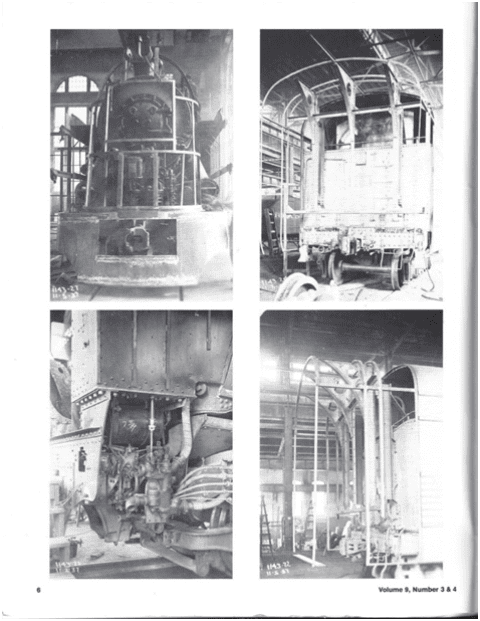
Let’s examine the tender roof. Weaver provides a cover over the water hatch. Notice that both models show an access path between the coal pile and the tender water hatch which ends before the water hatch. The build photographs show the access path ending at the water hatch. Also notice that we do not see a hole in the tender roof aft of the water inlet hatch area, because that part of the shroud is not yet built. Note the access ladder which is clearly visible in the shop photo.
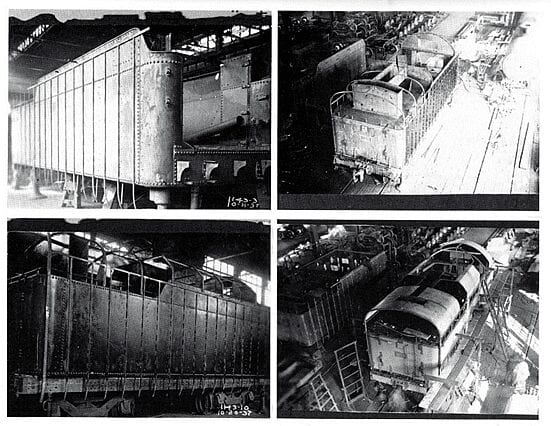
Perhaps the first commercial model of the Crusader engine was done by Penn Line in HO (see photos below). Note the darker blue as in the Weaver model. You will also note the basic shapes that were captured in this early HO model. Many thanks to Garrett Stauffer for the photos below and for catching our error in the Part I article.
Ed Alexander was not associated with Penn Line, but Garrett’s dad, K. Linwood Stauffer, started Penn Line with Albert M. Mercer and Robert Faust. We expect more information will be forthcoming from Garrett’s research on the Penn Line products. A history of Penn Line may be consulted at this link:
http://www.hoseeker.org/pennline/pennlinehistory/early1.html


As a comparison of the evolution of the Crusader in HO, please see the link below for the GHB Crusader.
http://www.con-cor.com/Partners/GHB.html
We end this article with the little-known fact that the Crusader name was chosen by a contest held to name the clad-in-stainless-steel streamline train.
https://commons.wikimedia.org/wiki/File:Crusader_schedule_and_name_contest.jpg
This photo link shows the train before its name was added to the history books.
http://www2.readingeagle.com/article.aspx?id=236112
The Crusader name was entered by Mr. P.W. Silzer of Plainfield, NJ.
https://en.wikipedia.org/wiki/Crusader_(train)
Enjoy the view of the Crusader, now only a Kodak Memory or a toy train.
